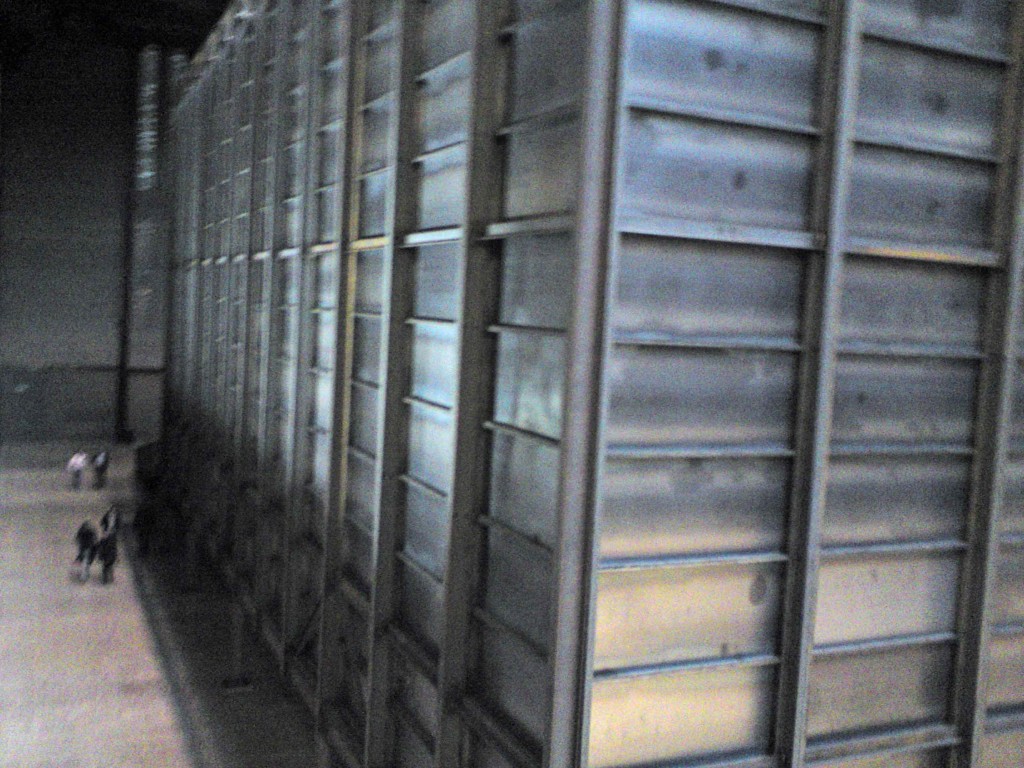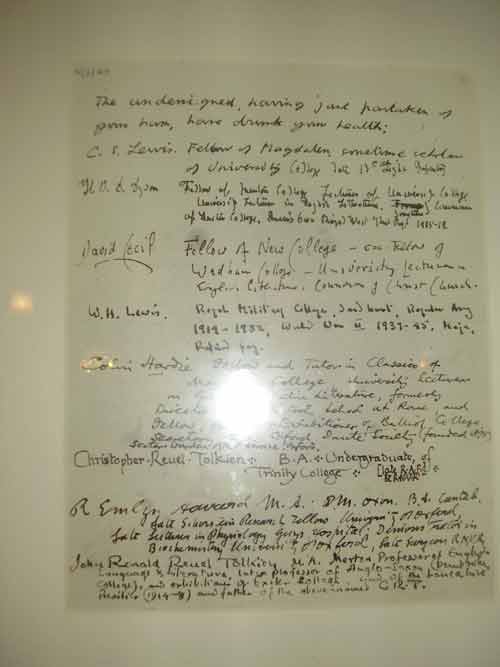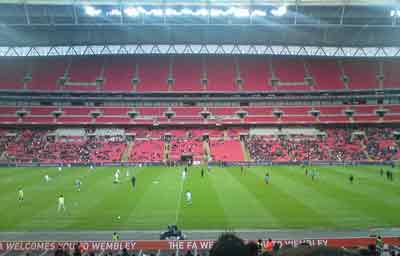After Emily’s feedback I sent round the revised synopses to everyone in the class and we then workshopped both — the result being, obviously, that only half the time was spent on each one.
As with everyone else, it was an intense but fascinating and immensely valuable experience.
Having been the only one in the class to bring along two ideas we had a unique vote at the end of the session to see if there was any consensus about which should be developed further in the class. Surprisingly the vote was inconclusive — this reflected the previous discussion in some ways with certain members of the class having strong preferences for one synopsis or the other. I think this is positive as it shows that neither of the ideas was rubbish and also that there was a diversity of appeal between the two synopses.
‘The Angel’ (which I’d renamed from the working title ‘Pub Story’) brought out some fairly strong reaction. This is partly because, as Emily had picked up, it was a much more recently developed idea (in truth underdeveloped) and so it was more raw. That gave much more of sense of immediacy but it also showed a lot of defects. I needed to do a lot more thinking about Emma — James’ unattractive girlfriend.
I would also have a challenge to make some of the main characters appealing to the reader — the fact James was a drinking, rugby-playing headhunter branded him as the spawn on the devil to some people (in fact, I generally loathe such types as well).
There were also some comments on implausibility of parts of the plot — would Kim really follow James to the country on the spur of the moment? Also some of the settings were thought a bit clichéd – the Millennium Bridge, for example. There are plenty of other places I can think about while I write.
However, this is all good for the purpose of the course as it gave me a lot to revise and food for thought for the novel in general — and I’m still having quite radical ideas about changing it now it’s January (see later prospective later postings). I was also offered to be shown round Brick Lane and Hackney for my research, which sounds fascinating.
‘Burying Bad News’ was preferred by quite a number of people who liked the potential in the themes of wine and politics — useful comments received about making analogies to grape varieties and so on. Others picked up on probably the biggest question mark about this novel — that come May this year a lot of the political context may look like ancient history. Given the length of time still needed to finish a first draft then the subject matter could end up being quite stale. On the other hand it might appeal to nostalgia. I’ve been conscious of this while writing parts of the novel (I’m now up to 45,000 words of a first draft) and have been careful for a number of reasons to try and keep the political references incidental to the main plot, which is about human relationships. If need be I could probably change the political context that anticipated future developments, although it would take a bit of the fire out of my belly as I try to excoriate some of the excesses of New Labour.Â
As a contrast to ‘The Angel’ some people thought the synopsis was a bit antiseptic and was a bit distant from the character. This might be partly because some perform roles that tend to have preconceptions — such as a scandal-hit MP and a dirt-digging journalist. It may also have been because I’m so familiar with the characters through writing that I’m taking it for granted that they will be similarly known to readers of a retrospectively written synopsis.
Even though I’ve worked a lot on this novel, I found the comments tightened up the synopsis itself immeasurably.
I revised both synopses in the light of the feedback. I worked more on ‘The Angel’, which I submitted to Emily as coursework because it was clearly in need of more development and I had used techniques learnt on the course to do this.
I found all the other synopses that were workshopped to be highly enjoyable and had great potential. It was interesting to see that some other writers were touching on similar themes. I loved Guy’s creation of a bohemian seaside community of exiled arty city types and was interested that they’d come out of the same sort of urban maelstrom that my artist character Kim does.



